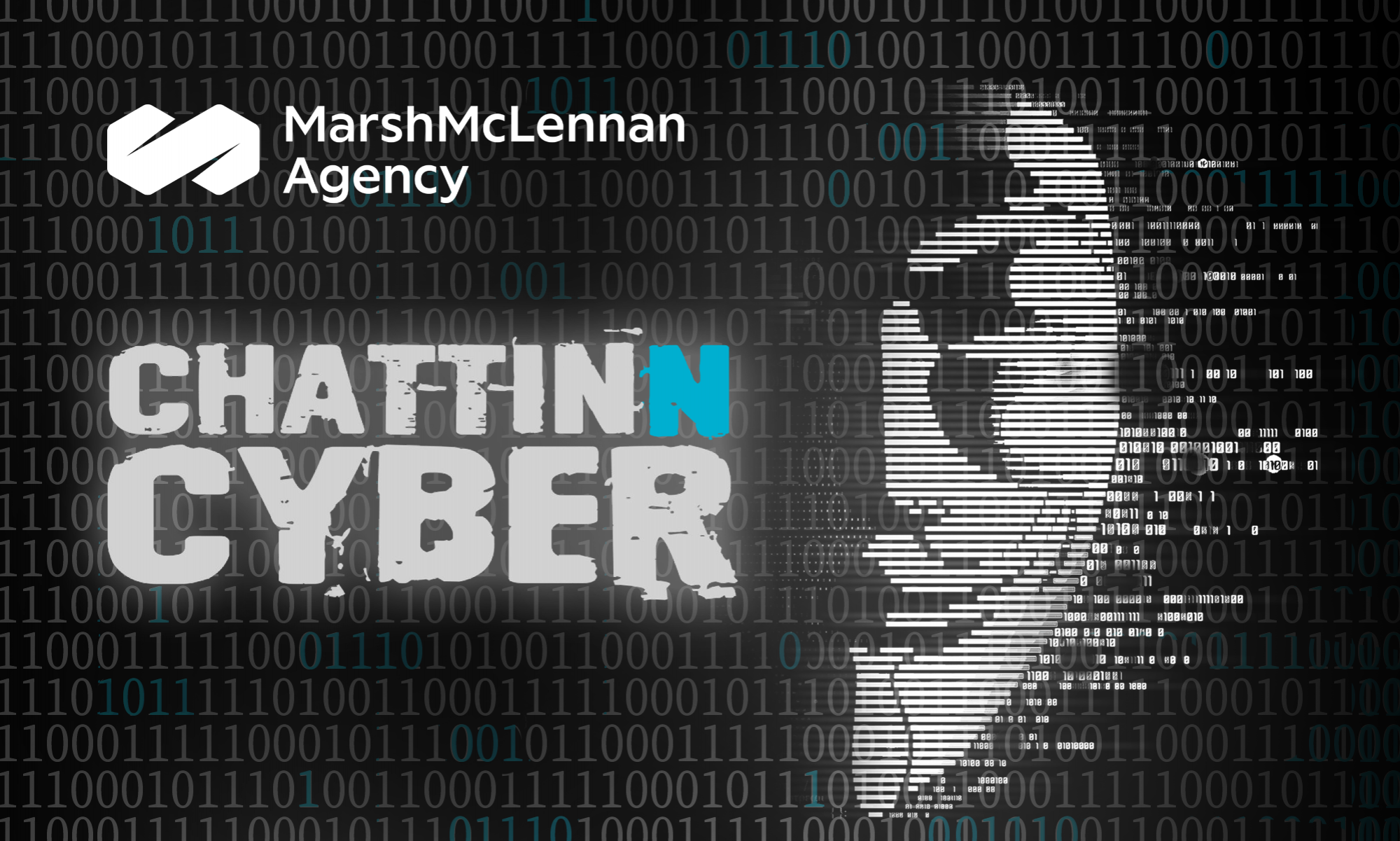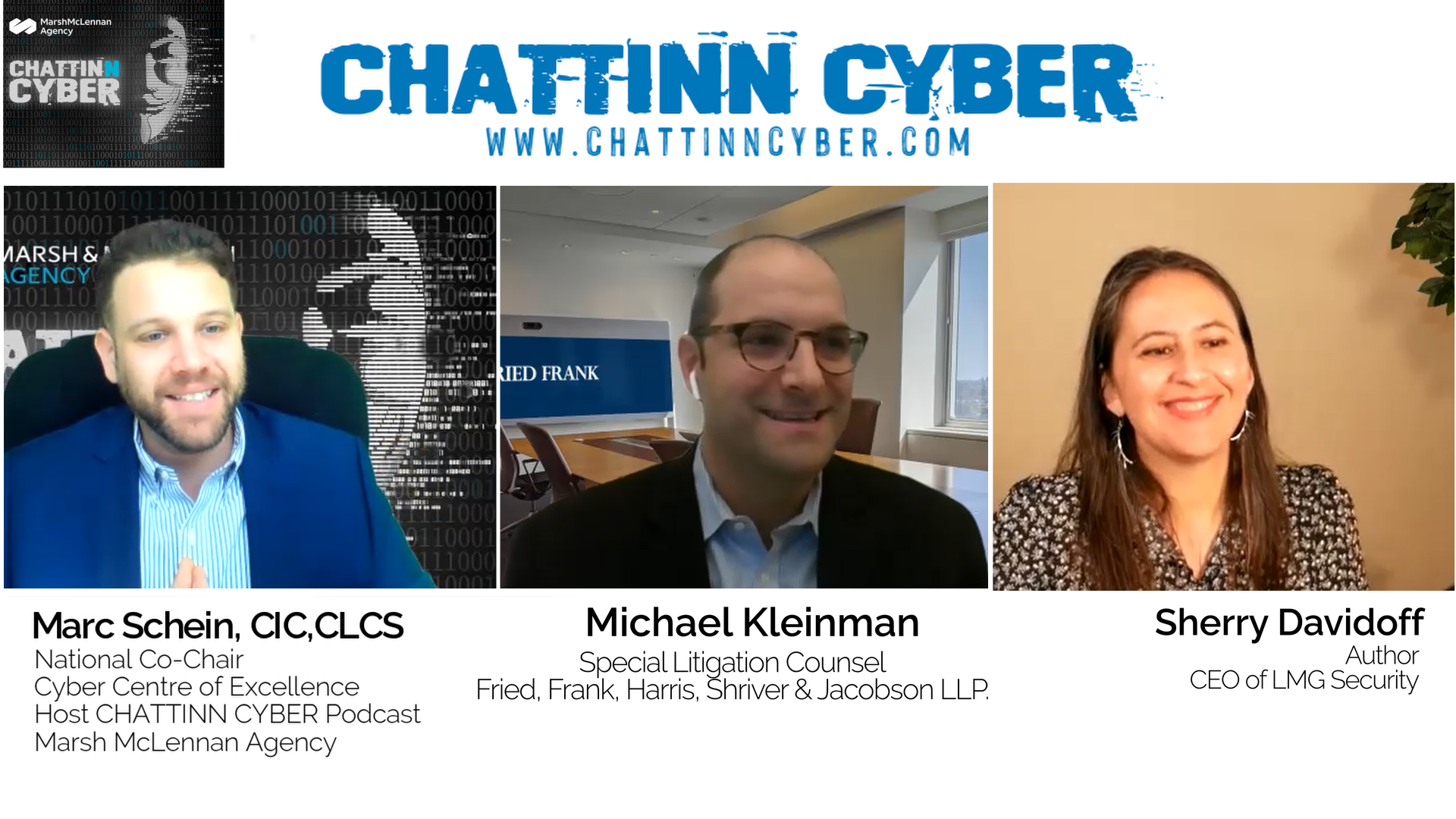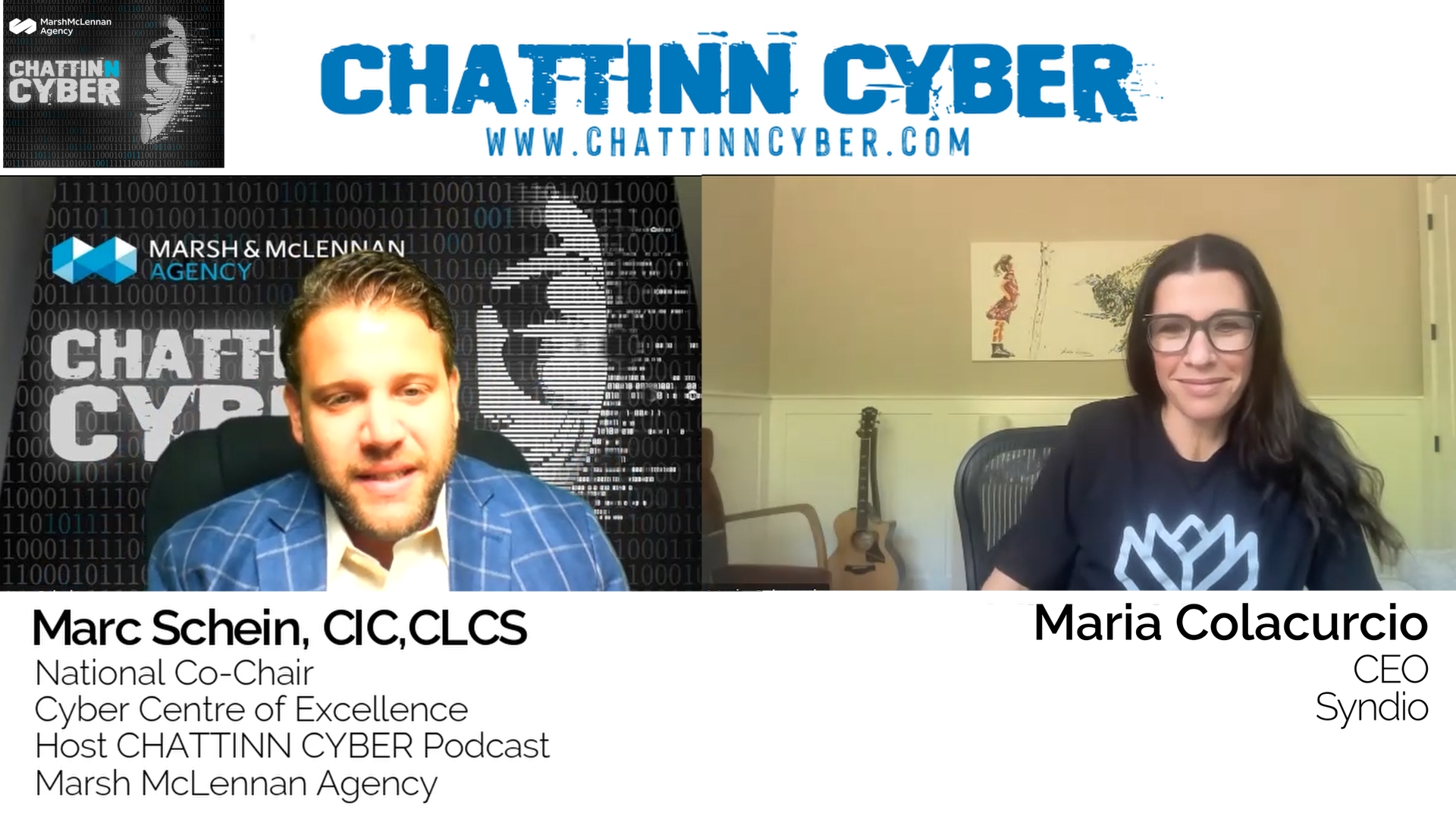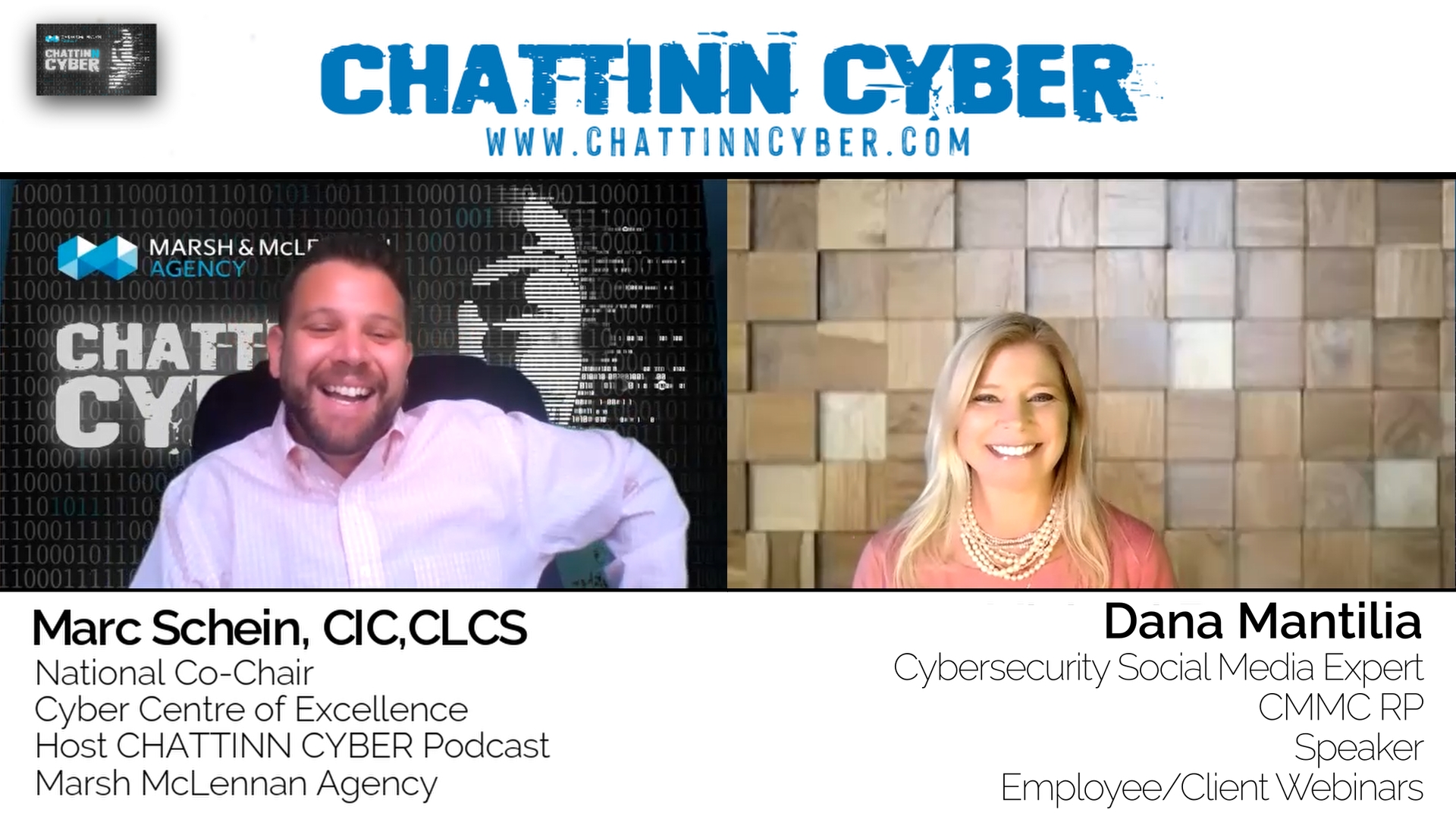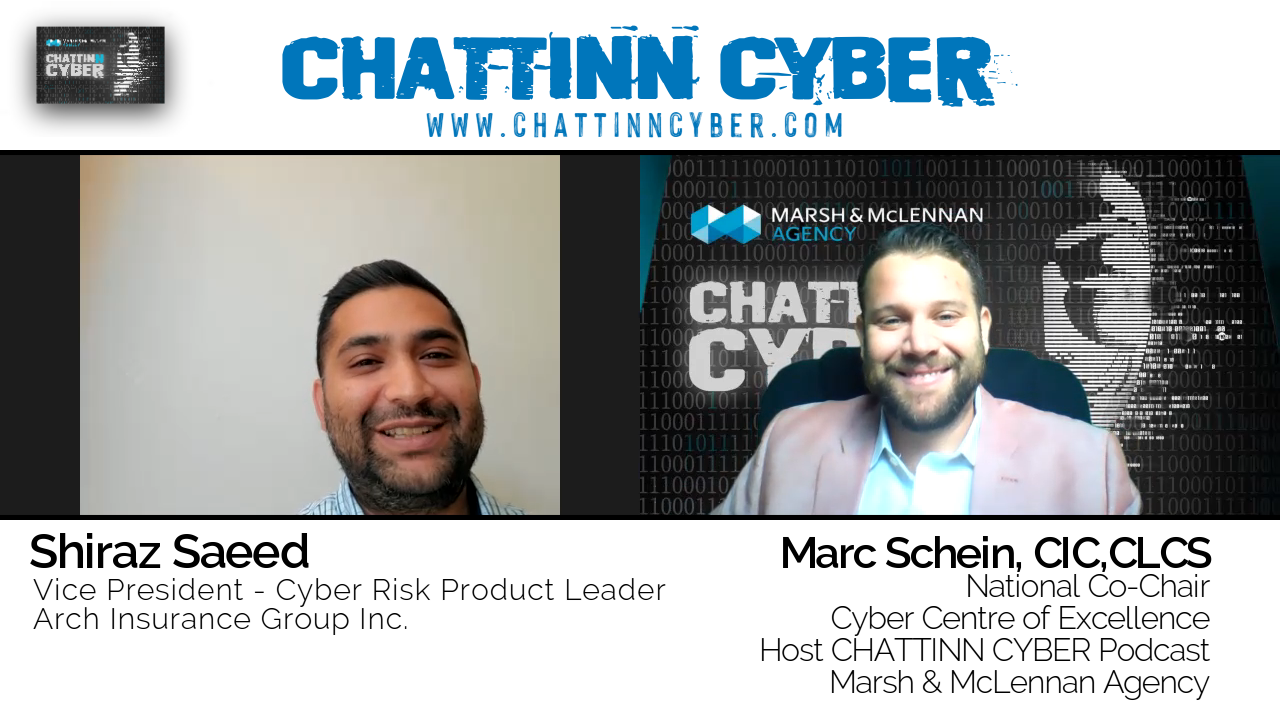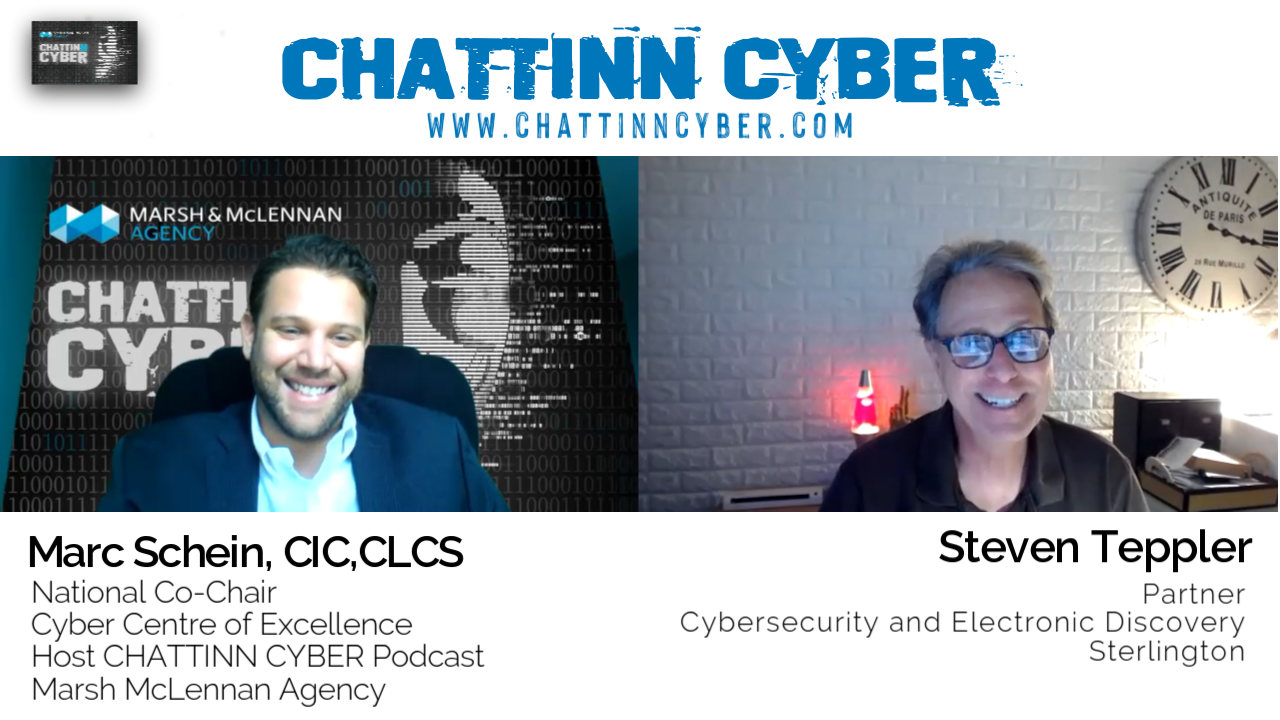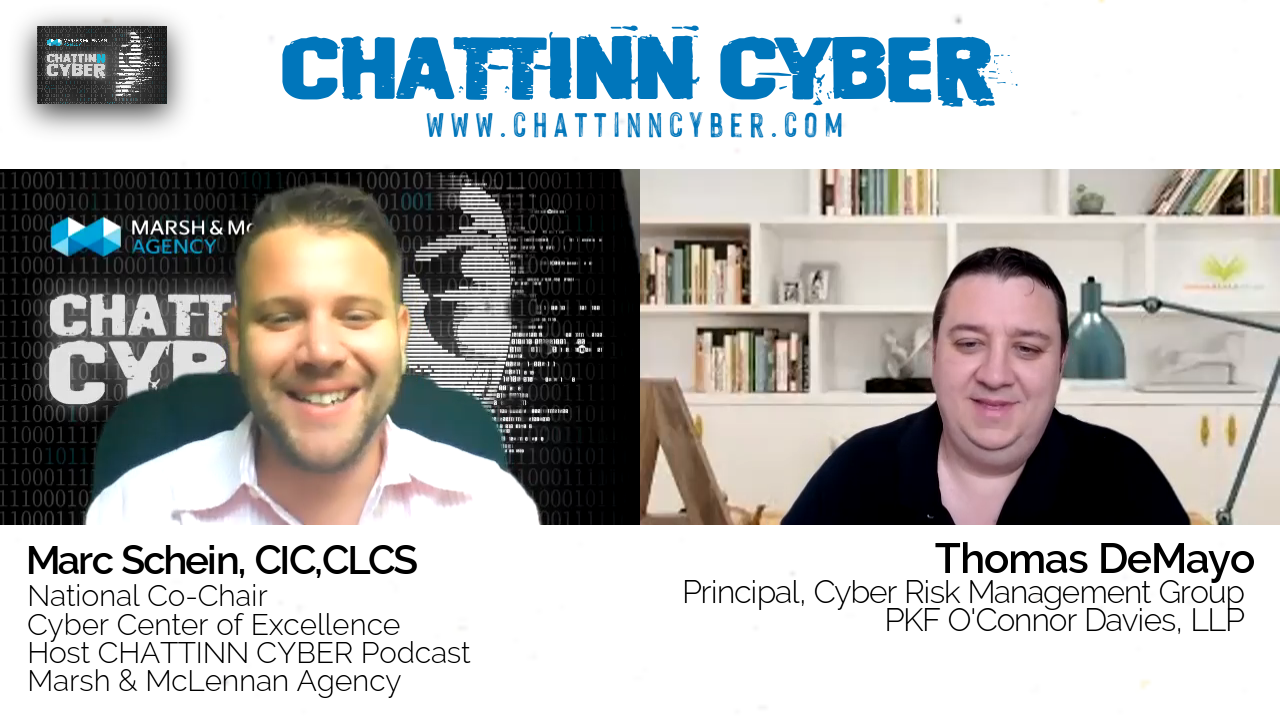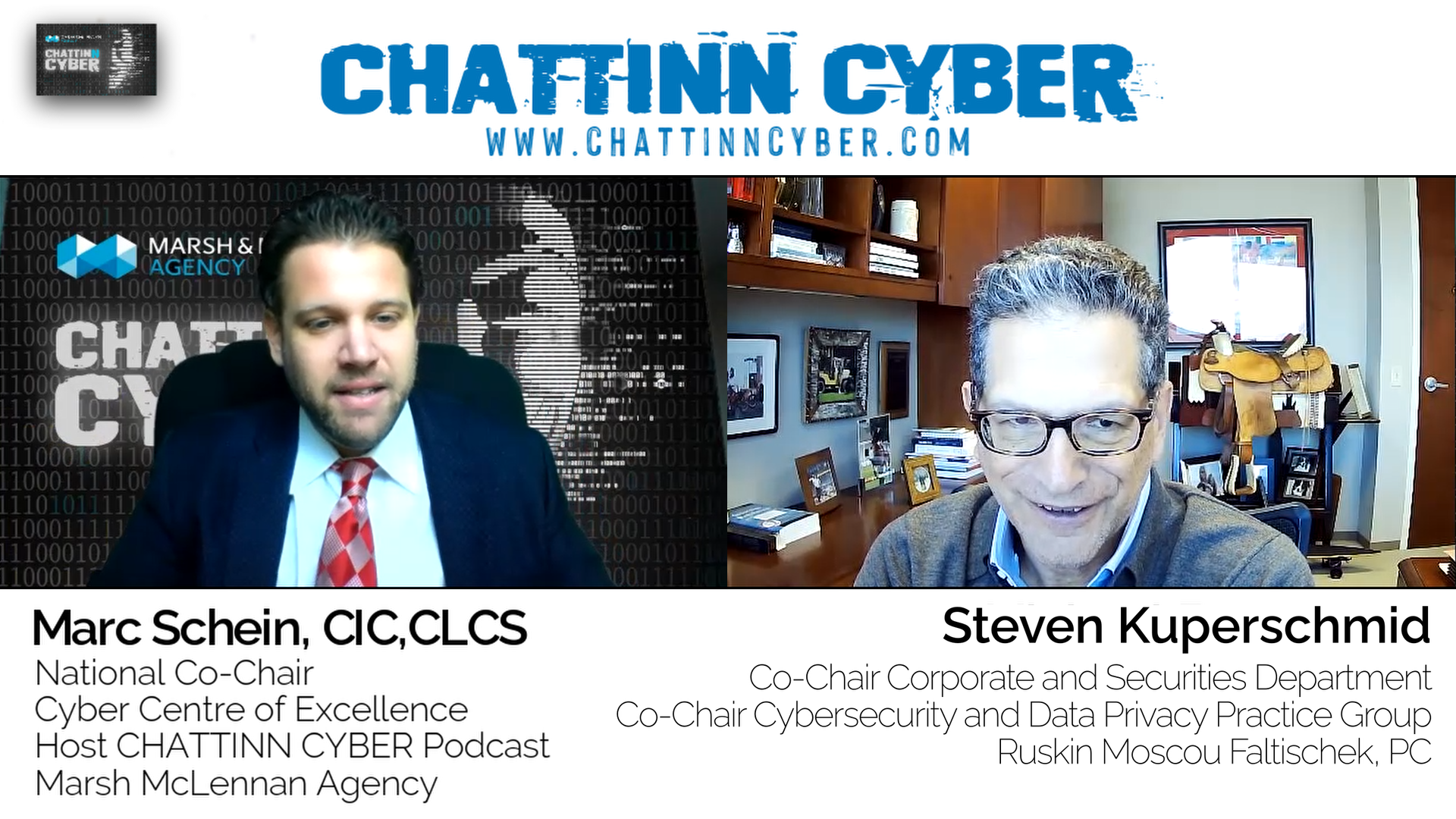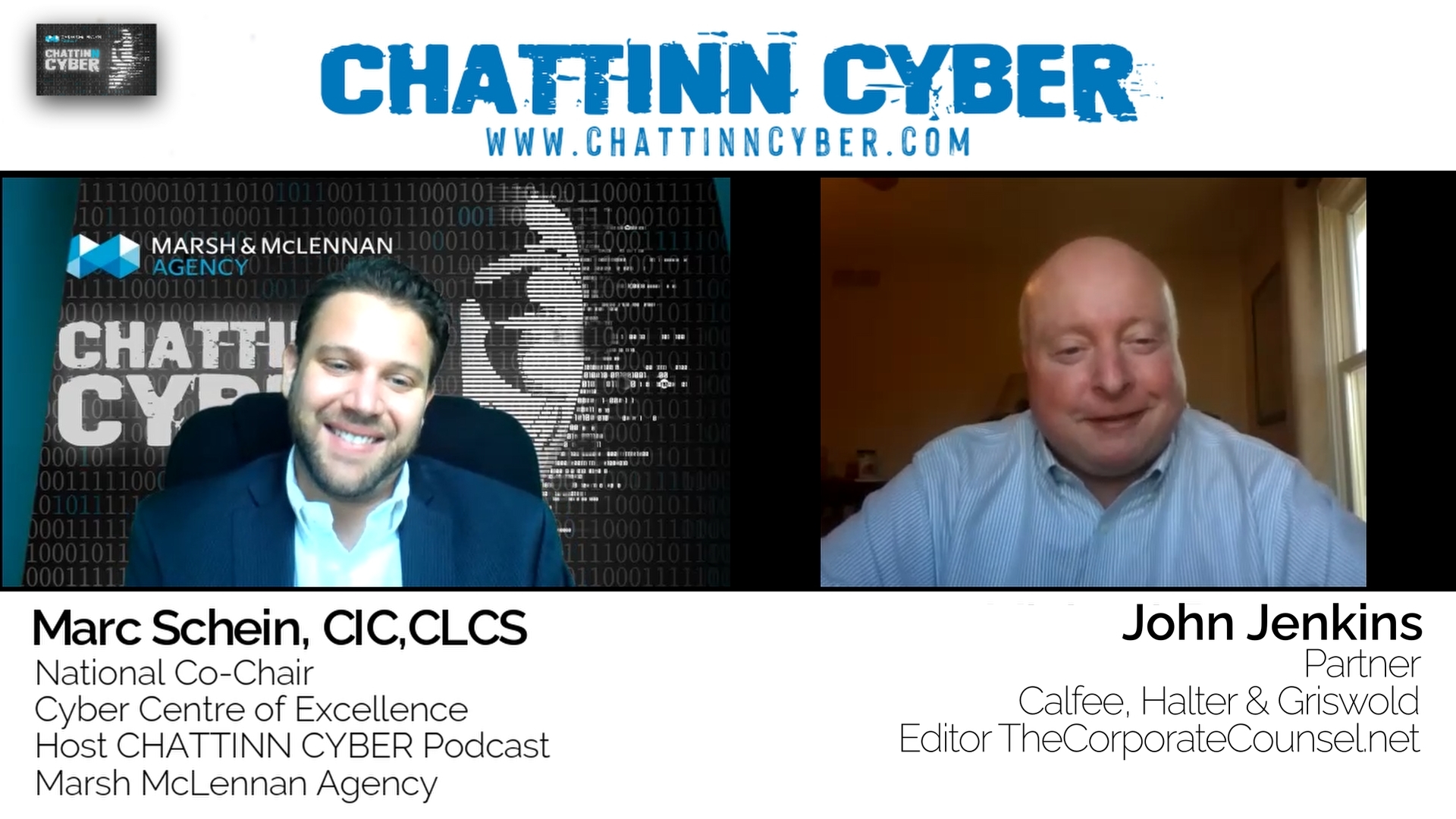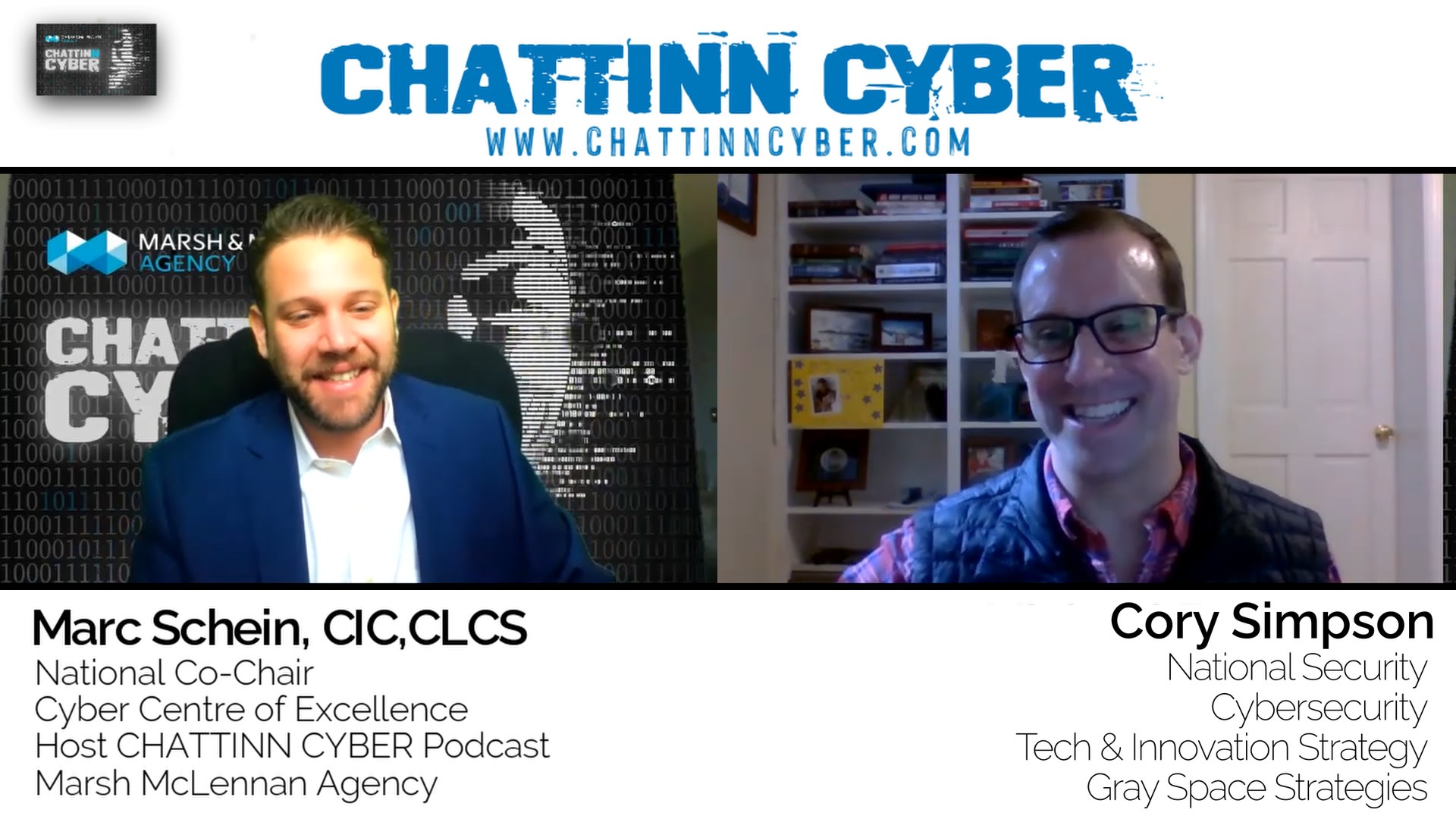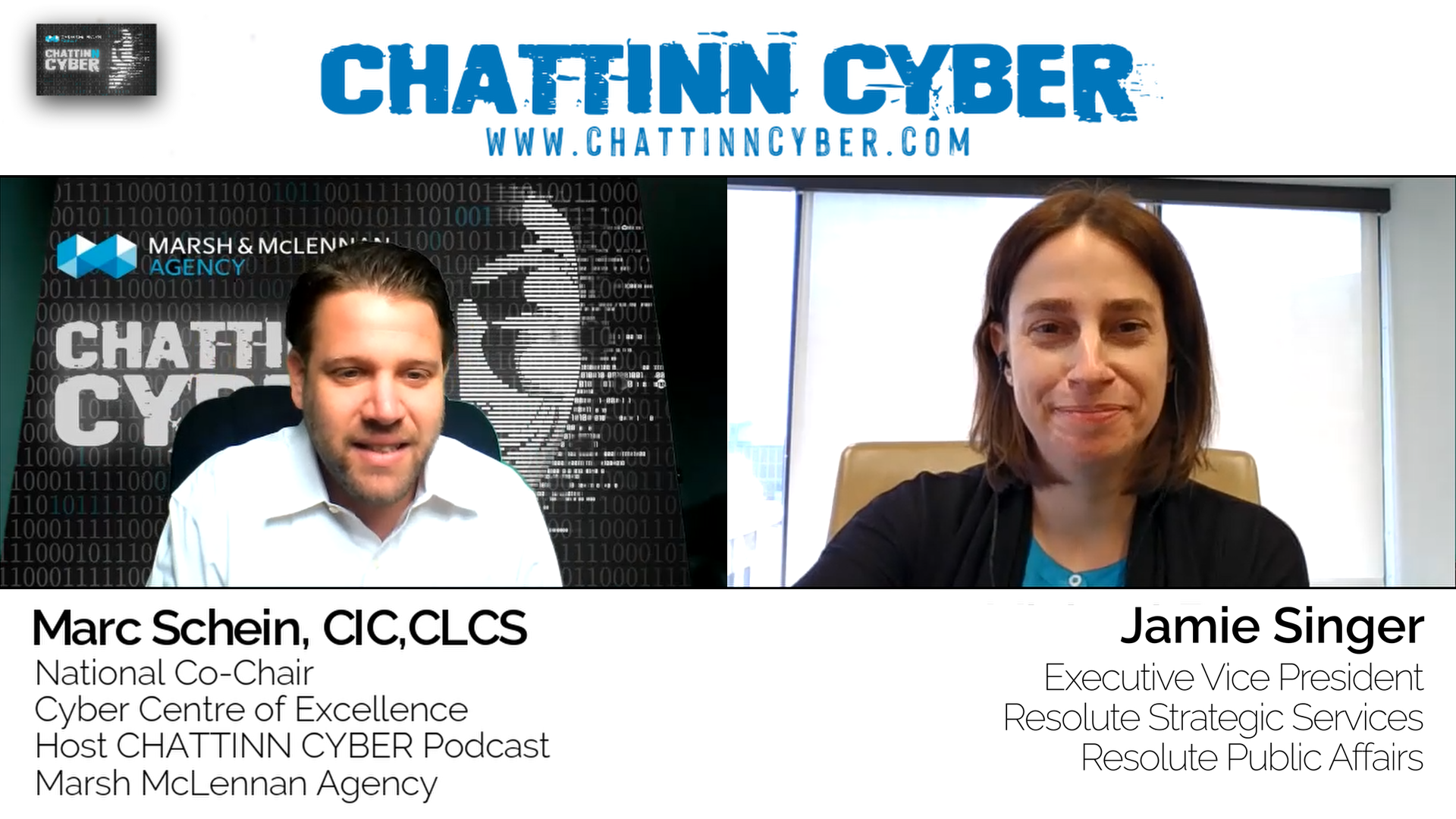Podcast: Play in new window | Download (Duration: 29:26 — 40.4MB)
Subscribe: RSS
In this episode of CHATTIN CYBER, Marc Schein interviews Sherri Davidoff and Michael Kleinman about the rising ransomware attacks in cyberspace and the legal and operational ways to confront them. Sherri Davidoff is the CEO of LMG Security, and the author of three books, including “Ransomware and Cyber Extortion” and “Data Breaches: Crisis and Opportunity.” Michael Kleinman is Special Counsel in the Data Strategy, Security, and Privacy Practice at Fried, Frank, Harris, Shriver & Jacobson LLP.
The Russian-Ukrainian war has given us an open window into ransomware gang operations, thanks to some gangs facing internal discord, like the Conte ransomware gang, which became known for putting a pro-Russia statement and having a gang affiliate steal their internal information and put it out online. If sources are to be believed, the Conte ransomware gang has made at least $2.7 billion in Bitcoin over the past three years – a number drastically higher than any previous ones we’ve seen. The result of the explosive growth of such ransomware gangs is also that law enforcement is getting better at following the money and busting cybercriminals. However, the fight gets tougher as criminals move to more privacy-oriented cryptocurrencies.
With the current geopolitical state with Russia and Ukraine in the way, cyber attacks are focused on more than economic gains, as our guests share. Vulnerabilities and attacks on critical infrastructure are predicted to rise. An interesting point to note is the OFAC advisory on ransomware from September 2021, which tends to assuage the risks towards individuals considering making a ransomware payment and avoid being hit with sanctions violation and the reputational and financial risks associated with that. This new advisory helps you if you implement cybersecurity practices, including those highlighted by Cisco, like having an offline backup, incident response plan, cyber training, and authentication protocols, and cooperating with law enforcement during and after an attack. You might never get a full sign-off, but these would certainly help your company’s image significantly.
The FTC is on the watch, and you need to look for a lock for vulnerabilities and repair or remediate them. If not, you’d land in hot water.
The Ukraine-Russian war has also seen the introduction of new kinds of malware like wiper ransomware that wipe out the complete information from a system. These are known to have been distributed through software vendors like tax software. Though Ukraine is on the receiving end of these attacks at the moment, fears are the attack could extend to more countries.
In situations like this which jeopardize our cyber health, early detection is critical. Also important is the need to have a coordinated industry-wide response to reduce
the damage. As attackers get better at sneaking in and damaging our systems, our defense style also needs to grow from reactive to proactive. Prevention methodologies must also go hand-in-hand with government regulations. For more on this, listen to this episode!
Please note that this podcast was recorded on February 25,2022 prior to the passage of the Cyber Incident Reporting for Critical Infrastructure Act of 2022.
Highlights:
“One of the points from the White House is to bolster resilience to withstand ransomware attacks. And for the past two decades, we’ve seen almost a reticence to push our businesses and organizations too much. Because we recognize cybersecurity as a cost.”
“The new banking law was designed not to be overly burdensome to banks, but to give regulators an early heads up about issues. And that is super important, especially if you’re concerned about large scale operational impact on our financial sector.”
“Now is the time to deploy proactive measures, things like multi factor authentication, endpoint detection and response security training, we have to figure out what is blocking organizations and just jump over those hurdles and make it happen.”
“At an organizational level, we need visibility by installing appropriate detection systems and response systems monitoring. Because the earlier you detect an incident, the better able you will be to prevent it from metastasizing into a bigger problem like ransomware.”
Time-Stamps:
[01:05] – Hot topics in cybersecurity today
[03:55] – How is the US government responding to the increased supply chain kind of cyber attacks?
[09:47] – How to reach out to Sherri Davidoff and Michael Kleinman
[13:03] – About the FTC providing notice about patching up their systems to companies
[15:31] What is meant by wiper malware?
[24:30] Key takeaways from today’s conversation
Connect with Michael and Sherri:
Michael Kleinman: https://www.friedfrank.com/professionals/michael-kleinman
Sherri Davidoff: https://www.lmgsecurity.com/about/sherri-davidoff/
